Guiding You Through Selecting Your New Roof’s Materials
Selecting the right materials for a new roof involves understanding various options, from wood shingles to barrel tiles. Homeowners should consider not only aesthetics but also durability, cost, and how these materials can affect the overall value of their home. Engaging with local experts, such as a roofer near you, can provide valuable insights and facilitate necessary roof inspections. This process can often feel overwhelming, especially when searching for specific FAQs about material choices and installation. Keep reading to uncover essential factors that will guide your decision-making and help you create a roof that complements your home for years to come.
Key Insights for Choosing Roofing Materials
- Selecting the right roofing material impacts sustainability, energy efficiency, and maintenance requirements
- Understanding local climate conditions is essential for choosing suitable roofing materials
- Roof aesthetics significantly influence home value and resale potential
- Engaging with roofing professionals enhances informed decision-making regarding material selection
- Assessing initial costs against long-term savings is crucial for budget management
Understanding Different Roofing Material Options
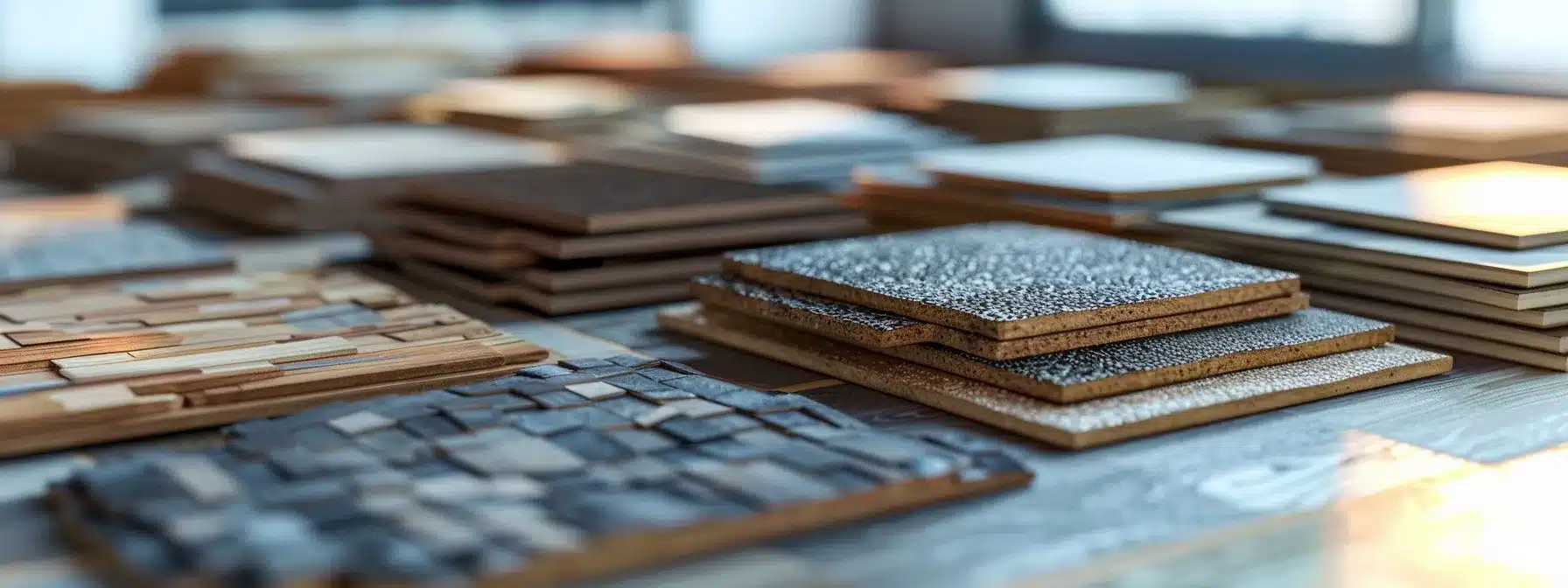
When embarking on a home improvement project, selecting the right roofing material plays a pivotal role in the overall success of the construction. Each option presents unique characteristics that can impact sustainability and energy efficiency, along with the potential risks associated with maintenance and durability. Asphalt shingles stand out for their versatility, while metal roofing is known for its remarkable longevity. Slate roofing offers a blend of elegance and robustness, though it may come with a higher price tag. Tile roofing attracts those seeking distinctive aesthetics, and rubber composite shingles introduce an innovative component to the roofing landscape. Lastly, wood shingles bring a natural beauty that appeals to many homeowners. Understanding these diverse materials equips homeowners to make informed decisions that align with their priorities and practical needs. If you need professional assistance with your roofing project, consider hiring a roofer near me for expert guidance.
Explore Asphalt Shingles for Versatility
Asphalt shingles present a favored choice for homeowners seeking roofing solutions due to their adaptability in various settings. Whether used alongside modern siding or in combination with roof tiles, these shingles complement diverse architectural styles and enhance overall aesthetic appeal. During a roof replacement, asphalt shingles offer a cost-effective option that maintains durability, especially when paired with advancements like polyvinyl chloride (PVC) membranes, which improve water resistance and insulation.
Consider MetalRoofing for Longevity
Metalroofing, particularly steel, stands out for its impressive lifespan, often exceeding 50 years. Unlike other materials, metalroofs resist moss growth, reducing maintenance needs over time. Additionally, options like solar shingles integrate seamlessly, allowing homeowners to enhance energy efficiency while potentially lowering home insurance costs by adopting more sustainable practices.
Weigh the Pros and Cons of SlateRoofing
Slateroofing offers a distinct aesthetic appeal, appreciated for its natural elegance and long-lasting properties. It excels in waterproofing capabilities, ensuring protection against leaks, while also being resistant to insect damage, promoting durability. However, the installation process can be costly and may necessitate a specialized contractor familiar with the material’s specific requirements, which can impact overall credit options available to the homeowner.
- Natural elegance and durability.
- Excellent waterproofing properties.
- Resistance to insect damage.
- High installation cost.
- Need for specialized contractors.
- Consideration of chimney compatibility.
Examine TileRoofing for Unique Aesthetics
Tileroofing stands out for its distinctive appearance, making it an appealing option for homeowners who prioritize aesthetics. With a variety of colors and designs available, tiles can complement different architectural styles while also offering excellent storm resistance. Its inherent fire safety attributes add another layer of protection, enhancing the home’s value and potentially minimizing long-term roof repairs.
Investigate Rubber Composite Shingles for Innovation
Rubber composite shingles offer an innovative alternative in roofing materials, combining the durability of metal with the aesthetic appeal of tile. These environmentally friendly options are designed to mimic traditional asphalt shingles, presenting a visually pleasing solution without compromising on performance or longevity. By utilizing recycled materials, rubber composite shingles provide a sustainable choice that meets modern roofing needs while reducing environmental impact.
Contemplate Wood Shingles for Natural Beauty
Wood shingles emanate a classic charm that appeals to homeowners, particularly those embracing traditional aesthetics such as Cape Cod-style architecture. While they enhance the visual appeal of a property, attention to maintenance is crucial to prevent water damage and extend their lifespan. The option of recycling old wood shingles can contribute to sustainability, making them an environmentally friendly choice for roofing.
After exploring various roofing material options, it’s time to focus on the key factors that influence your decision. Selecting the right roof goes beyond aesthetics; it requires careful consideration of practical elements that can affect durability and efficiency.
Factors to Consider When Selecting Roofing Materials
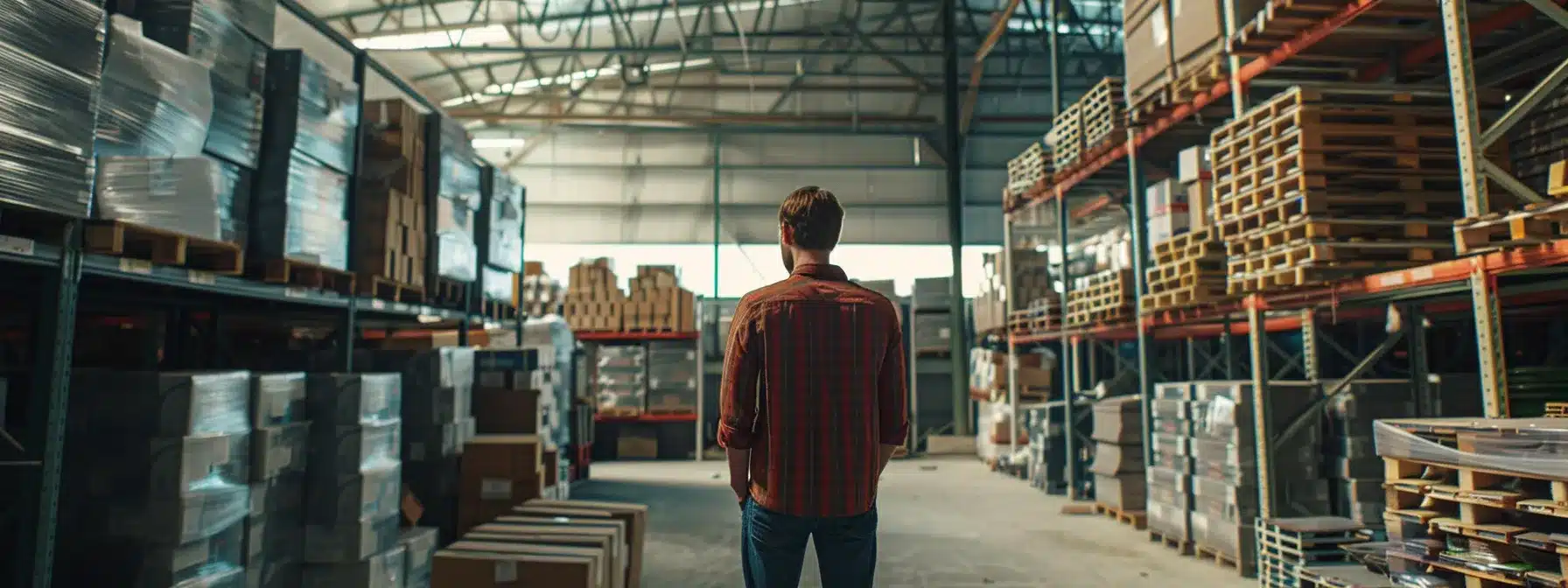
When selecting materials for a new roof, several critical factors come into play that can significantly influence the final decision. Assessing the local climate ensures that the chosen materials are compatible with regional conditions, especially in areas prone to extreme weather. Additionally, calculating the lifespan of various options against their cost is vital for budgeting; this includes considering potential tax credits available for sustainable materials. Homeowners should also understand the maintenance needs associated with different roofing types, as some materials may demand more attention than others. The environmental impact of roofing choices, particularly the use of reflective surfaces that enhance energy efficiency, plays an important role in today’s eco-conscious market. Finally, reviewing local building codes and restrictions ensures compliance and may inform the selection process further. Consumers are encouraged to consult consumer reports that evaluate the performance of materials like cement and others for informed decision-making.
Assess Your Climate for Material Compatibility
Understanding the local climate is essential when determining the most suitable roofing materials for a home. For instance, regions with frequent rainfall may require materials like copper or terracotta that showcase excellent moisture resistance, while areas exposed to extreme heat might favor reflective surfaces. Homeowners should also consider the warranty periods offered by manufacturers, as these often take into account the material’s adaptability to various weather conditions.
- Assess the local climate and its impact on roofing choices.
- Consider moisture-resistant materials like copper or terracotta.
- Evaluate the benefits of materials suitable for extreme heat.
- Review warranty periods that reflect each material’s durability.
- Do not overlook the suitability of pine in certain climates.
Calculate Lifespan vs. Cost for Budgeting
When calculating the lifespan versus cost of roofing materials, homeowners must consider how different options align with their architectural style and budget. High-quality materials can endure severe conditions, such as hail, and offer potential longevity, reducing the frequency of replacements and related expenses. Additionally, integrating aspects like solar energy solutions may require upfront investments but can provide long-term savings and sustainability benefits, balancing initial costs against the material’s overall weight and durability.
Understand Maintenance Needs for Each Material
Maintenance requirements vary significantly among different roofing materials and can influence both life expectancy and overall renovation costs. For instance, some materials demand regular inspections to prevent mold growth, while others may require occasional treatments to control algae and algae-like substances. Homeowners should consult with a professional roofer to gain insights into the specific upkeep needs of their chosen material, including considerations surrounding plasticroofing options that may demand less maintenance over time.
Consider Environmental Impact of Roofing Choices
Considering the environmental impact of roofing choices influences the long-term sustainability of a home. Homeowners are increasingly seeking materials that minimize waste and energy consumption, especially when contemplating roof replacement costs. Opting for alternatives like polymerroofing can provide durability while being kinder to the environment, potentially benefiting the attic‘s energy efficiency.
- Assess the sustainability of roofing materials.
- Evaluate how choices affect roof pitch and overall design.
- Consult with a general contractor regarding eco-friendly options.
- Calculate the long-term roof replacement cost against environmental benefits.
Review Local Building Codes and Restrictions
Reviewing local building codes and restrictions is critical for homeowners aiming to ensure that their new roofing materials comply with established regulations. These codes can dictate the types of materials allowed, impacting not only the aesthetic appeal of the property but also its longevity and resilience against leaks. Professionals recommend conducting a thorough inspection of local requirements, potentially referencing resources like Forbes, to avoid any costly adjustments down the line.
Choosing the right roofing material can dramatically affect the character of a home. Its influence on overall value is often underestimated, making this decision pivotal for homeowners.
The Impact of Roofing Material on Home Value
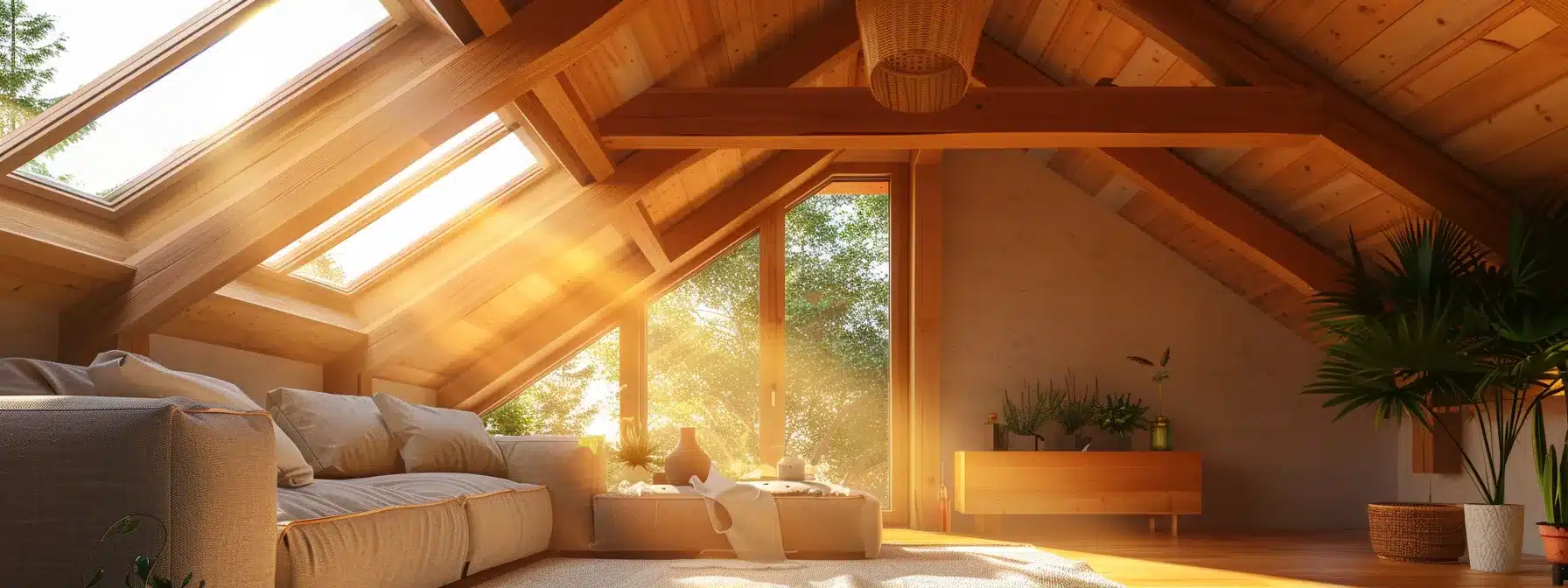
Understanding how roof choices impact home value is essential for homeowners contemplating a renovation or replacement. First, the materials selected can significantly affect resale value; for instance, options like wood shingles may enhance appeal but could also invite risks such as mildew or wildfire susceptibility. Aesthetic considerations play a critical role as well, as a well-designed roof often complements the overall architecture and creates a positive impression on potential buyers. Additionally, energy-efficient roofs can boost valuation by providing cost savings on utility bills and appealing to eco-conscious consumers. The careful selection of roofing materials not only influences immediate aesthetics and performance but also has lasting implications for the price a home can command in the market.
How Roof Choices Affect Resale Value
The selection of roofing materials considerably influences a home’s resale value, as potential buyers often scrutinize durability and aesthetic appeal. For instance, roofs made from slate not only enhance the property’s visual attractiveness but also provide resilience against weather challenges, particularly high winds and rain. Additionally, features such as properly installed flashing play a crucial role in preventing leaks, thereby minimizing future roof repair costs and ensuring long-term investment security.
The Role of Aesthetic Appeal in Home Value
Aesthetic appeal plays a significant role in determining a home’s value, as it connects instantly with potential buyers. Elements such as the color and material of roofing, including options like clay tiles and fiberglass shingles, can create an inviting atmosphere that complements the overall architecture. A well-chosen roofing style not only enhances curb appeal but can also result in a favorable return on investment, as attractive exteriors often lead to higher offers and quicker sales.
- Aesthetic appeal influences first impressions of a home.
- Clay tiles and fiberglass shingles offer distinct visual benefits.
- Attractive roofing can enhance overall architecture and design.
- A well-designed roof can lead to higher offers and quick sales.
- Investing in appealing materials can provide a substantial return on investment.
Energy Efficiency and Its Influence on Valuation
The choice of roofing material significantly impacts a home’s energy efficiency, which in turn influences its market valuation. Roof shingles that effectively manage moisture and reflect sunlight can lower cooling costs during hot months and minimize heat loss in winter, especially in regions that experience heavy snow. Research shows that options like ceramic tiles not only offer durability but also enhance energy performance, appealing to prospective buyers seeking homes with lower utility expenses.
Homeowners can enhance their property’s appeal by understanding how roofing materials influence value. As the roof plays a pivotal role, it’s essential to navigate the costs associated with selecting new materials.
Navigating the Cost of New Roofing Materials
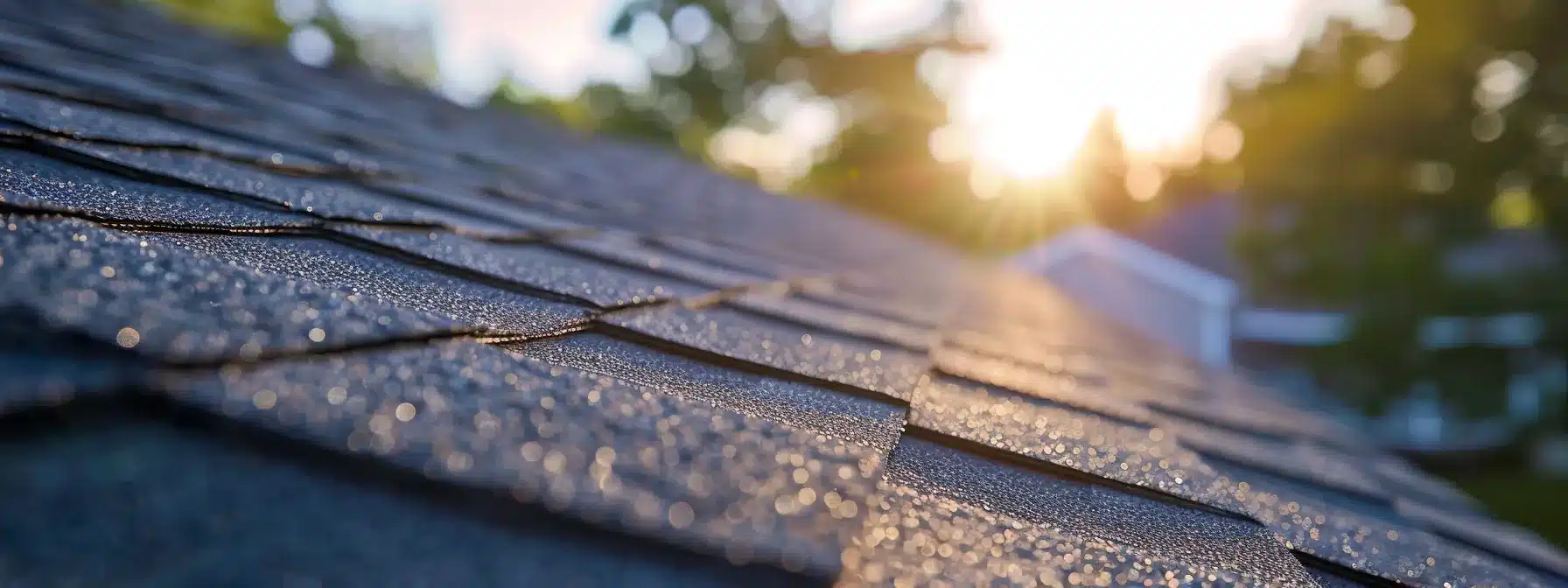
Understanding the financial aspects of new roofing materials requires a comprehensive approach that considers both initial costs and potential long-term savings. Homeowners should evaluate how specific materials perform in their local climate, particularly in relation to sunlight exposure and natural ventilation. Gaining insights into accurate roofing estimates involves engaging with multiple contractors to ensure a competitive assessment of expenses. Striking a balance between quality and affordability becomes essential, as investing in durable materials can lead to reduced maintenance costs and improved energy efficiency over time, making it a worthwhile consideration for any homeowner long-term.
Initial Costs vs. Long-Term Savings Explained
When assessing roofing materials, understanding the balance between initial costs and long-term savings is essential for homeowners. Higher upfront investments in durable materials such as metal or slate can yield significant savings by reducing maintenance expenses and increasing longevity. Homeowners should consider the entire lifecycle costs of roofing materials to make informed financial decisions that benefit their property in the long run:
Tips for Obtaining Accurate Roofing Estimates
Homeowners frequently seek reliable estimates to ensure they manage costs effectively during a roofing project. Engaging multiple contractors to provide detailed quotes allows for a comprehensive comparison of services and materials, leading to informed decisions. Budget considerations should reflect not just initial costs, but also the anticipated long-term financial implications of each roofing option.
Homeowners should communicate specific preferences and requirements to contractors, ensuring that estimates reflect individualized needs. This proactive approach helps avoid unexpected costs and fosters a clear understanding of the project scope and expectations.
Finding the Balance Between Quality and Affordability
Homeowners face the challenge of balancing quality and affordability when choosing roofing materials. Prioritizing durable options can lead to significant cost savings in the long run, but initial expenses must also be manageable within budget constraints. Researching different materials and engaging with reputable contractors helps ensure that homeowners make financially sound decisions without sacrificing quality.
- Assess the initial costs of various roofing materials.
- Evaluate the long-term benefits of durability and maintenance.
- Consult with experienced contractors for reliable guidance.
- Compare warranties and expected lifespans of materials.
Understanding the costs of roofing materials sets the stage for an important decision. Now, it’s time to consider how to select a color and style that complements your home’s character.
How to Choose a Color and Style for Your New Roof

Selecting the appropriate color and style for a new roof involves thoughtful consideration, as these choices significantly influence the overall appearance and character of a home. The interplay between the roof‘s color and the exterior of the house can create a sense of harmony or contrast, making it essential to choose shades that complement existing elements. Homeowners can benefit from exploring current trends in roofing styles and shapes, which often reflect contemporary architectural preferences, ensuring that the new roof not only meets functional needs but also enhances aesthetic appeal. Additionally, understanding the psychological impact of different roof colors and textures can guide selections that convey desired emotions and impressions, further elevating the property‘s aesthetics.
Matching Roof Color With Your Home’s Exterior
Choosing a roof color that complements a home’s exterior requires a keen eye for detail and an understanding of architectural harmony. Homeowners should consider the primary colors of the facade and the surrounding environment, selecting shades that enhance the overall aesthetic without overwhelming the structure. This thoughtful approach not only boosts curb appeal but also ensures a cohesive and visually pleasing appearance that can stand the test of time.
Trending Roof Styles and Shapes to Consider
Modern architectural trends have embraced a variety of roof styles and shapes, providing homeowners with diverse options to enhance their properties. Popular choices include gable roofs, which offer a classic appeal and excellent drainage, and flat roofs that lend themselves to contemporary designs and rooftop gardens. Additionally, innovative shapes like butterfly and hip roofs not only create striking visual interest but also improve energy efficiency by maximizing natural light and ventilation.
The Psychological Effect of Roof Colors and Textures
The choice of roof color and texture carries significant psychological implications for homeowners and visitors alike. Lighter shades often evoke feelings of calm and tranquility, while darker hues can create a sense of warmth and stability. Furthermore, varied textures can enhance visual appeal, leading to a perception of depth and character in a home’s design.
- Color influences emotional responses and perceptions.
- Lighter colors suggest tranquility, while darker tones convey warmth.
- Texture variation adds depth and enhances aesthetic appeal.
Once homeowners have defined the perfect color and style for their new roof, the next step is to consider the materials that will bring their vision to life. Consulting with roofing professionals can provide valuable insights and guidance in this crucial decision-making process.
Consulting With Roofing Professionals for Material Selection
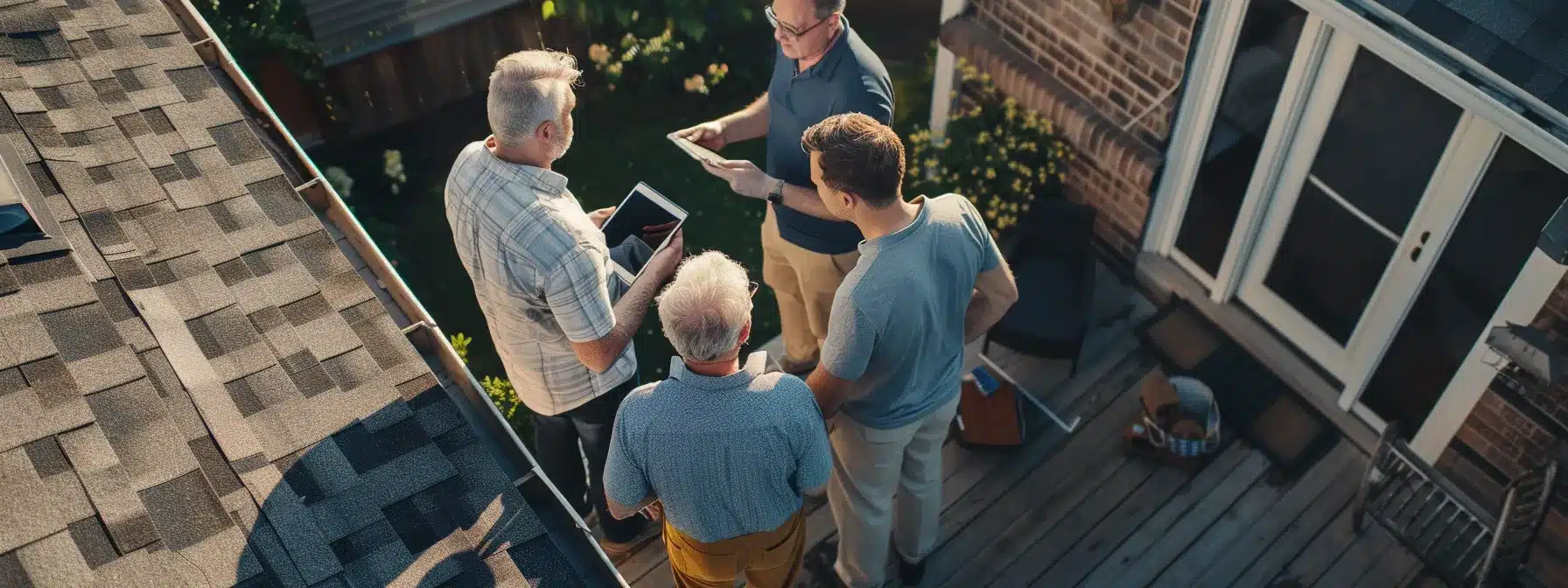
Engaging with roofing professionals significantly enhances the decision-making process when selecting new roofing materials. Their expertise provides valuable guidance, enabling homeowners to navigate the complexities of various options available in the market. Essential questions regarding durability, maintenance requirements, and cost implications should be proactively posed to contractors, as these inquiries not only reveal critical insights but also foster a deeper understanding of the materials at play. Utilizing roofing consultations effectively empowers homeowners to make informed choices that align with their vision, budget, and the demands of their specific environment.
The Importance of Expert Opinions in Material Choice
Roofing professionals bring a wealth of experience and knowledge to the material selection process. Their insights into current industry trends and innovations can assist homeowners in understanding which materials align best with their specific needs and objectives. By discussing potential concerns and expectations with an expert, homeowners can make choices that enhance both the longevity and functionality of their new roofs:
- Experts provide advice on the best materials for different climates.
- They can highlight the long-term cost implications of various options.
- Professional opinions help reveal the most suitable styles for specific home designs.
Questions to Ask Roofing Contractors About Materials
When engaging roofing contractors, homeowners benefit from asking targeted questions about material selections. Inquiries should focus on factors such as durability, maintenance schedules, and cost implications associated with the materials. Understanding these elements aids homeowners in making informed choices tailored to their specific needs.
Leveraging Roofing Consultations for Better Decisions
Consultation with roofing professionals maximizes the efficacy of material selection by providing tailored advice based on individual project requirements. By analyzing specific factors such as local weather patterns and architectural compatibility, experts can guide homeowners toward materials that optimize both functionality and aesthetic appeal. Engaging in knowledgeable discussions allows for informed choices, aligning the roofing solution with long-term goals and best practices in the industry.
Conclusion
Selecting the right materials for a new roof is essential for both functionality and aesthetics. Homeowners must evaluate various options, considering factors like durability, maintenance, and climate compatibility. Engaging with roofing professionals provides guidance, ensuring informed decisions that align with individual needs and preferences. By understanding the implications of their choices, homeowners can enhance their property‘s value and longevity.






